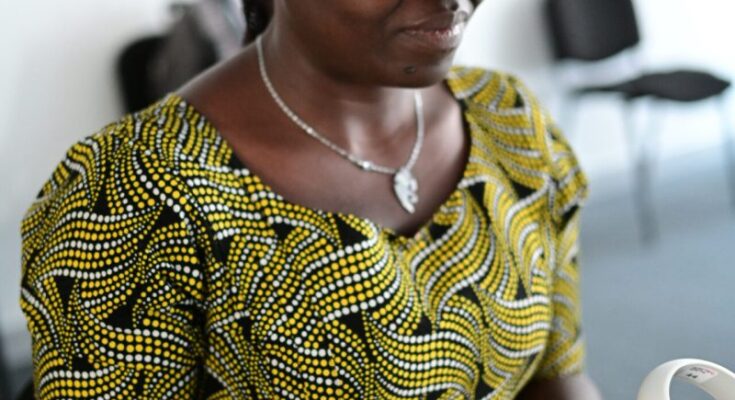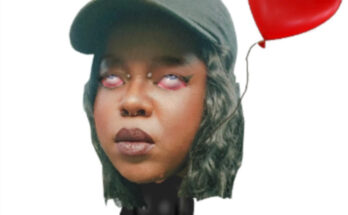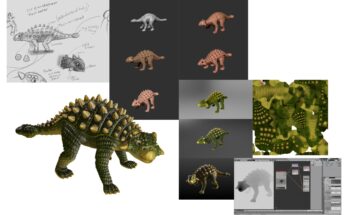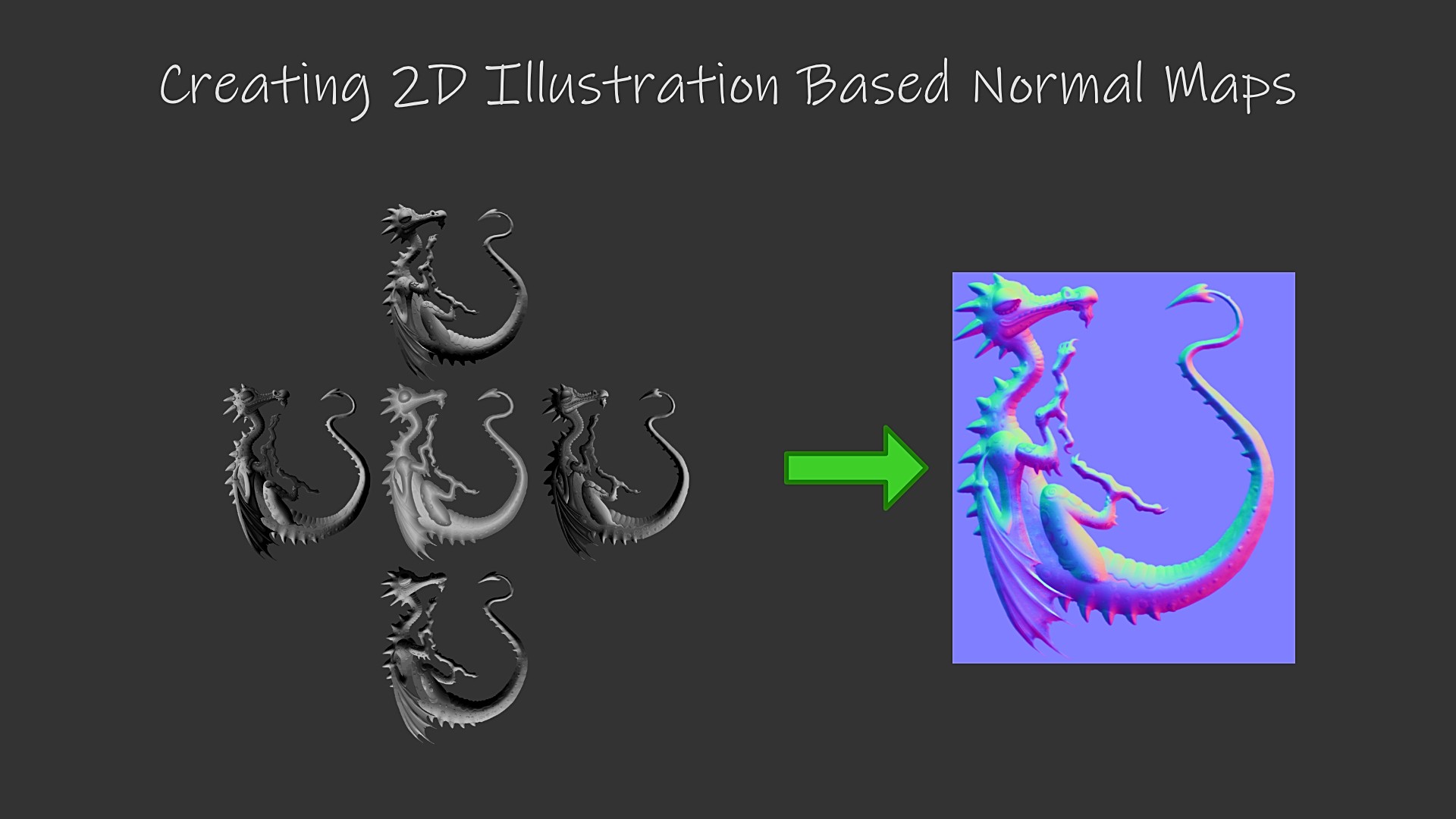In recent years, the realm of art has undergone a transformative journey, propelled by technological advancements. One of the most intriguing developments within this evolution is the rise of virtual reality (VR) art. As artists worldwide explore this medium’s boundless possibilities, African creatives have emerged as pioneering voices, harnessing VR to redefine storytelling, culture, and identity. Among the forefront of this movement stands Electric South, a platform dedicated to nurturing immersive narratives rooted in African experiences.
Electric South: Pioneering Virtual Reality in Africa
Electric South, an organization at the intersection of art, technology, and social impact, has catalyzed the VR art scene in Africa. Founded in 2015 by Ingrid Kopp and Steven Markovitz, Electric South is committed to empowering African storytellers to embrace emerging technologies as vehicles for expression. Through workshops, residencies, and exhibitions, the platform has fostered a vibrant community of VR artists across the continent.
Reimagining Narratives through Immersion
VR art offers a unique canvas for African creatives to reclaim narratives and challenge stereotypes. By immersing audiences in captivating virtual worlds, artists can transcend geographical boundaries and offer fresh perspectives on diverse cultures. For instance, the award-winning VR experience “Le Lac” by Nyasha Kadandara transports viewers to the shores of Lake Chad, allowing them to witness the daily lives of those affected by the region’s environmental crisis. Through immersive storytelling, Kadandara highlights the resilience and humanity of communities often overlooked by mainstream media.
Exploring Identity and Heritage
African VR artists are also leveraging the medium to explore themes of identity and heritage. In “Spirit Robot” by Jonathan Dotse, viewers embark on a futuristic journey through Accra, Ghana, where they encounter ancient spirits and futuristic technology interwoven with traditional folklore. Dotse’s work not only showcases the rich cultural tapestry of Ghana but also prompts reflections on the intersection of tradition and progress in a rapidly changing world.
Fostering Collaboration and Innovation
Collaboration lies at the heart of Electric South’s ethos, facilitating exchanges between artists, technologists, and communities. Through initiatives like the New Dimensions program, which pairs African artists with international mentors, Electric South nurtures talent and fosters cross-cultural dialogue. These collaborations fuel innovation, pushing the boundaries of what is possible in VR art and amplifying African voices on the global stage.
Challenges and Opportunities
Despite the burgeoning success of VR art in Africa, challenges remain. Limited access to technology and resources, as well as infrastructural barriers, pose significant hurdles for artists across the continent. However, initiatives like Electric South are actively working to address these disparities, advocating for increased investment in digital infrastructure and supporting grassroots initiatives that democratize access to VR tools.
The Future of African VR Art
As VR technology continues to evolve, the future of African VR art appears promising. With each new creation, artists are reshaping perceptions, challenging conventions, and carving out spaces for African narratives in the global artistic landscape. Through platforms like Electric South, the journey towards a more inclusive and diverse art world is well underway, inviting audiences to immerse themselves in the rich tapestry of African storytelling in virtual reality.
The rise of virtual reality art in Africa signifies more than just a technological advancement; it represents a cultural renaissance, a reclamation of narratives, and a celebration of creativity. As African artists harness the power of VR to explore themes of identity, heritage, and social change, they are not only shaping the future of art but also inspiring a new generation of storytellers to dream, innovate, and challenge the status quo.
Related
Source link



